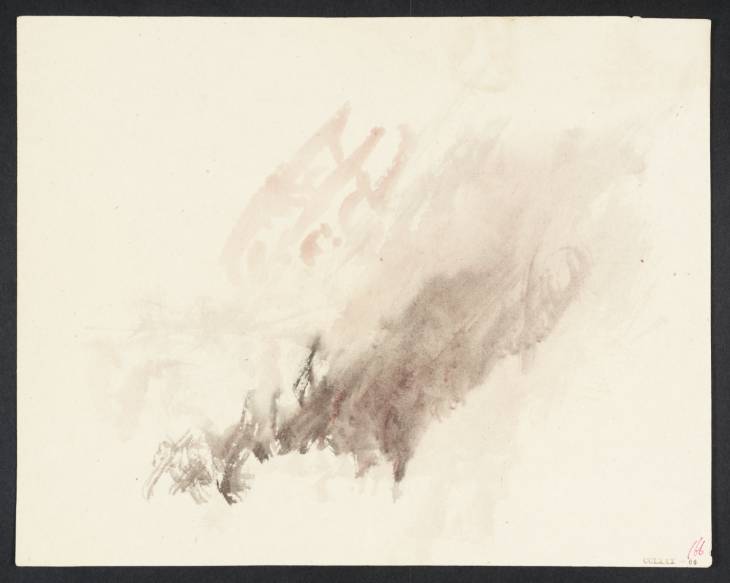References
How to cite
Meredith Gamer, ‘Vignette Study; ?for Campbell’s ‘Poetical Works’ c.1835–6 by Joseph Mallord William Turner’, catalogue entry, August 2006, in David Blayney Brown (ed.), J.M.W. Turner: Sketchbooks, Drawings and Watercolours, Tate Research Publication, December 2012, https://www

